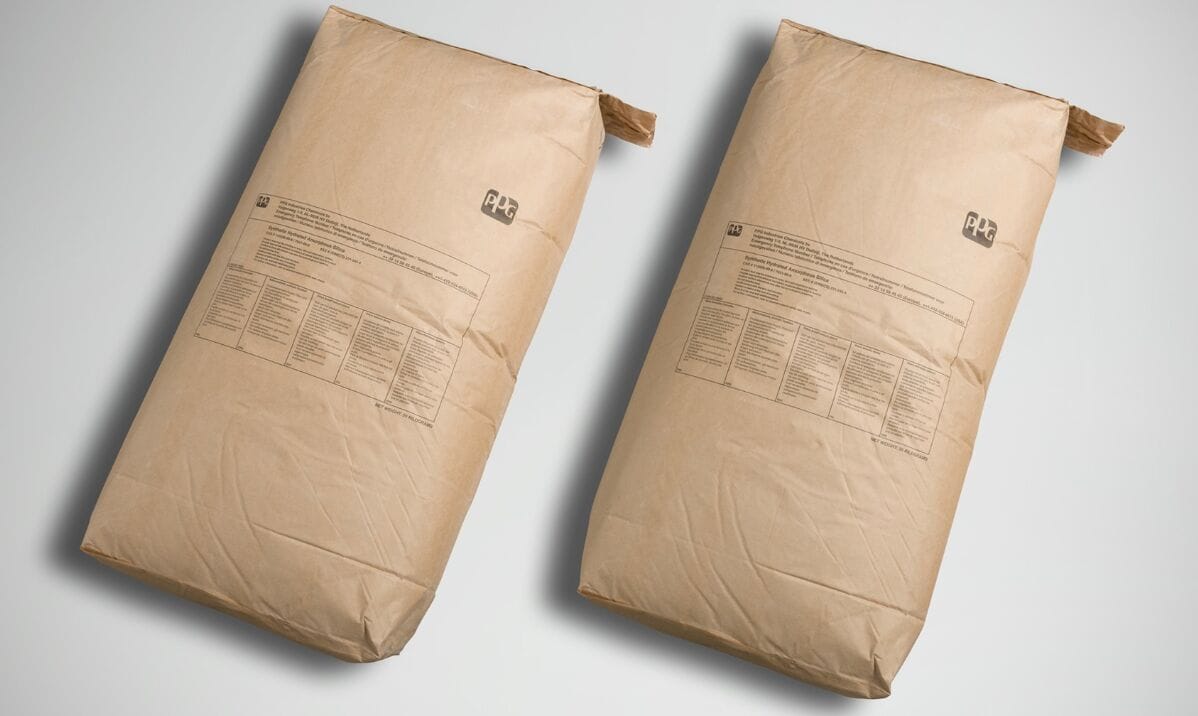More and more companies are looking for ways to reduce waste, lower CO₂ emissions and make packaging more efficient. One packaging solution that meets these demands surprisingly well is the big bag. This product is also known as the Flexible Intermediate Bulk Container (FIBC).
What are big bags?
Big bags are strong, flexible containers for storing and transporting dry goods. Think of seeds, powders, pellets, fertilizers or construction materials. Their strength and flexibility make them useful in many industries.
You can choose from several types: 4-loop Power-Lift Bags for general bulk goods, Q-Bags (formstable) that hold their shape during stacking and shipping, ventilated bags for products that need airflow, conductive and antistatic bags (Types A–D) for safe handling of sensitive materials, and lined bags with PE or EVOH liners to keep out moisture or contaminants. Each bag is designed to match your product and supply chain. In this way it helps you work more efficiently and sustainably.
LOCAL NEWS: 10 things you may not know are manufactured in Arizona
INDUSTRY INSIGHTS: Want more news like this? Get our free newsletter here
How big bags support sustainability
Sustainable packaging isn’t only about using recyclable materials. It’s also about reducing the total environmental impact of packaging. Big bags offer several benefits.
Big bags are reusable
High-quality big bags can be reused. After cleaning and checking, they’re ready for another cycle. In this way you cut packaging waste.
Save space and material
Empty big bags fold flat, so they take up little room during storage or return transport. Their lightweight design means you use less packaging material per ton of product.
Protect your product
Big bags reduce damage from moisture with liners and built-in ventilation. That means fewer spoiled goods and less waste.
Easy to recycle
Most modern big bags are made of polypropylene. This is a recyclable material. Most producers also design bags that are easier to take apart and recycle.
Lower your CO₂ impact
Innovations in fabric structure, loop design and production efficiency contribute to lowering the overall CO₂ footprint per bag.
Overcoming the challenges
A few things are important when you want to get the most out of big bags. Set up a return and cleaning system. Use mono-material designs to make recycling easier. Always check bags before reuse to ensure safety. Train your team on proper handling and disposal.
Ready to make the switch?
Big bags are more than just packaging. They help you protect your products, optimize your logistics, and reduce your footprint. At NNZ, we work with you to find the right balance between performance, cost and environmental impact. With the right bag, you move one step closer to a circular supply chain and a cleaner future.




